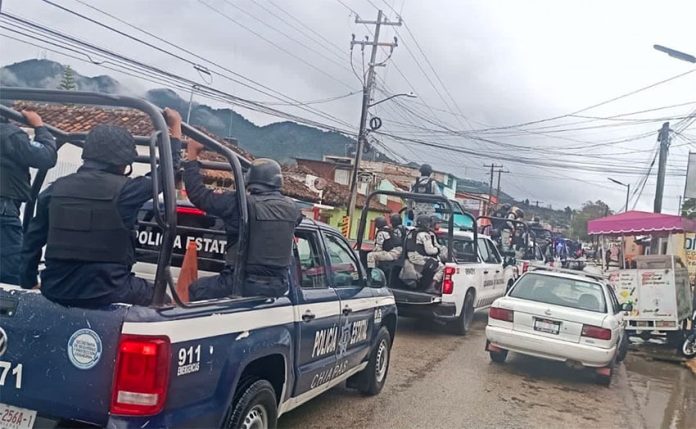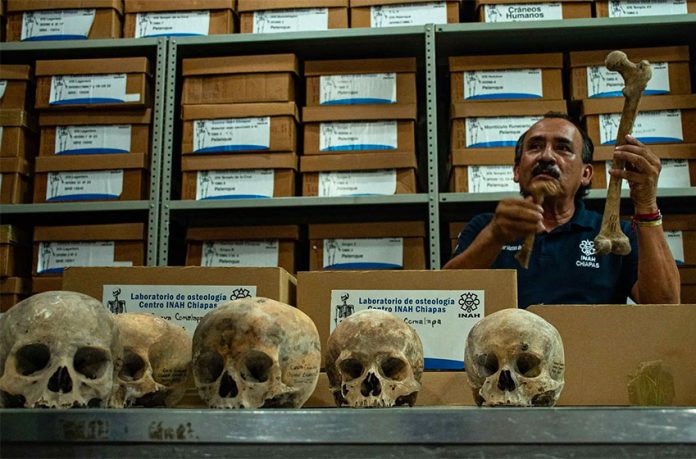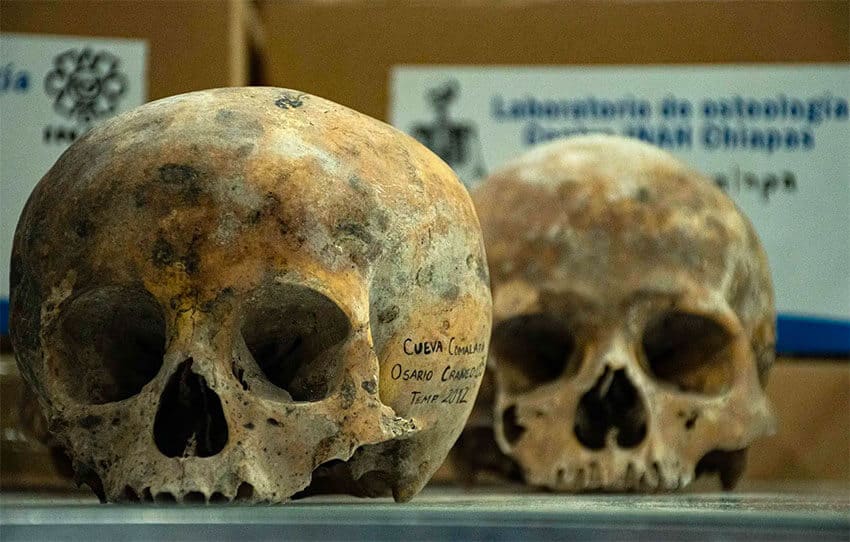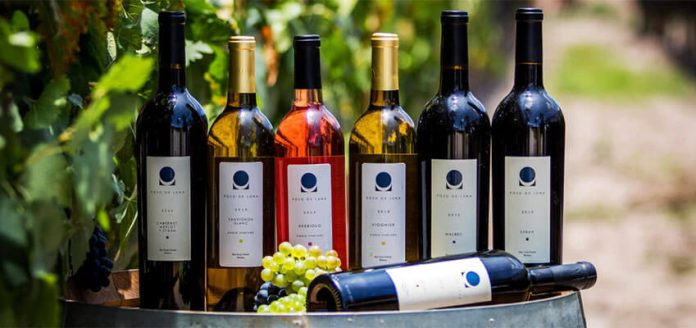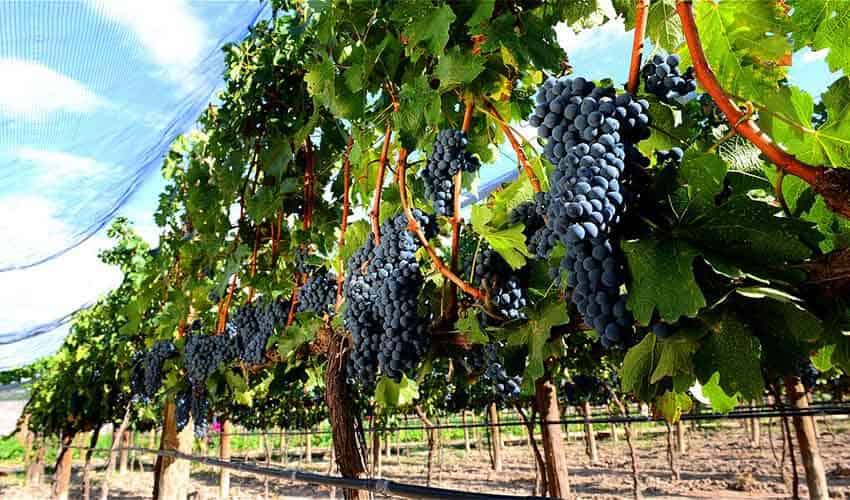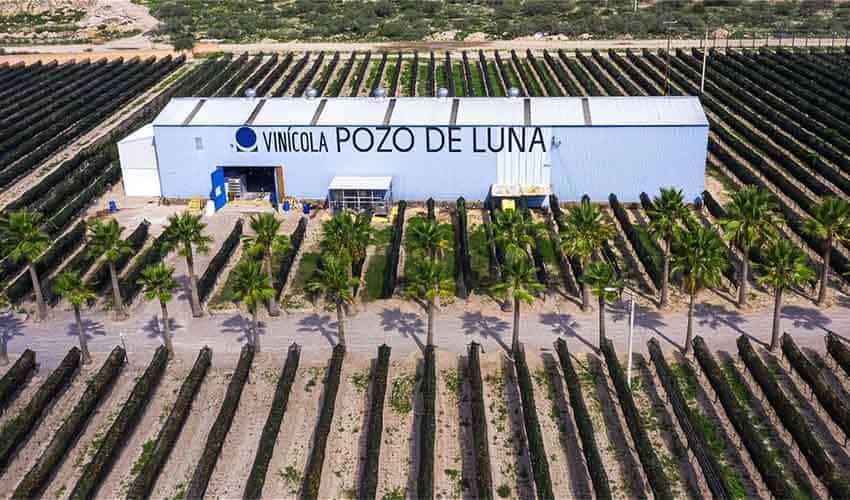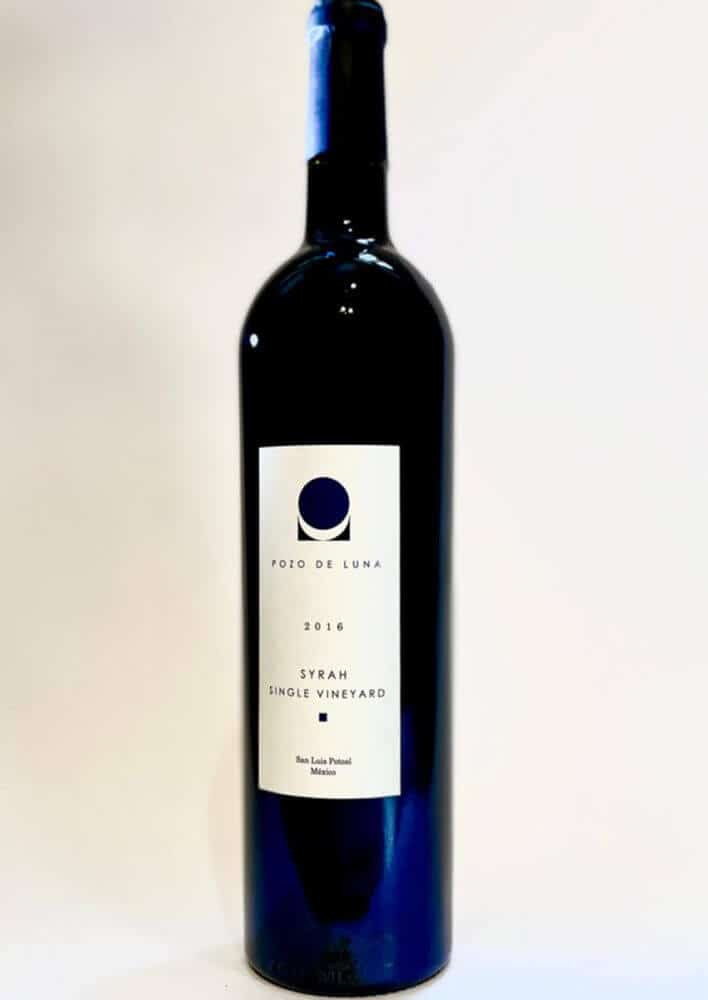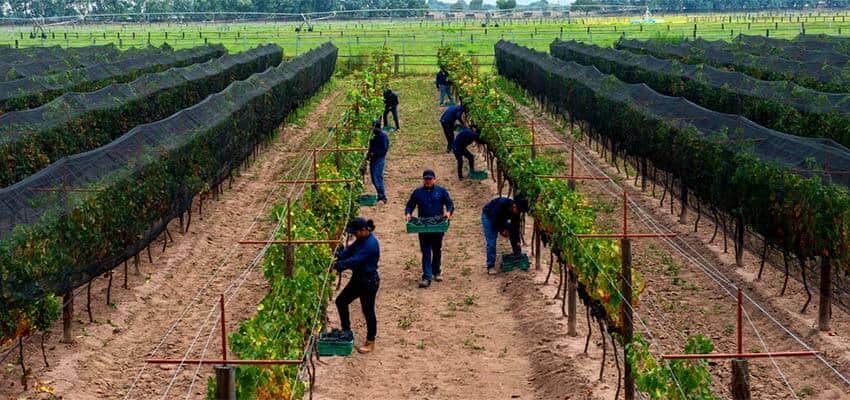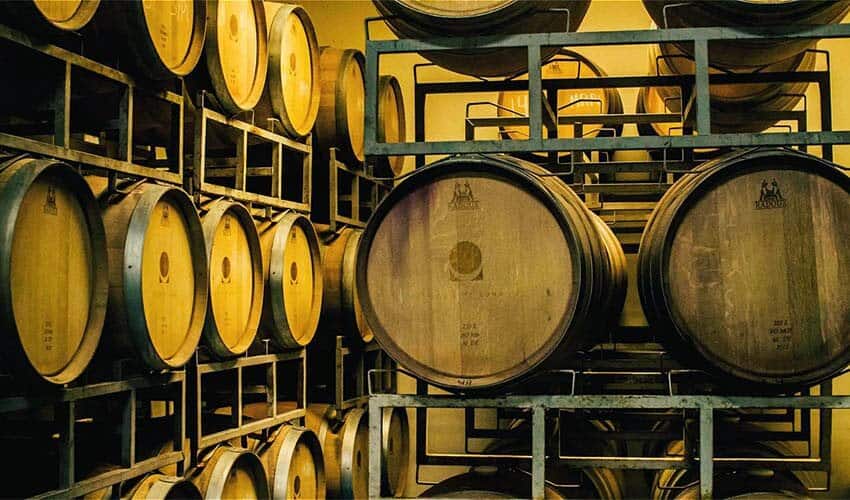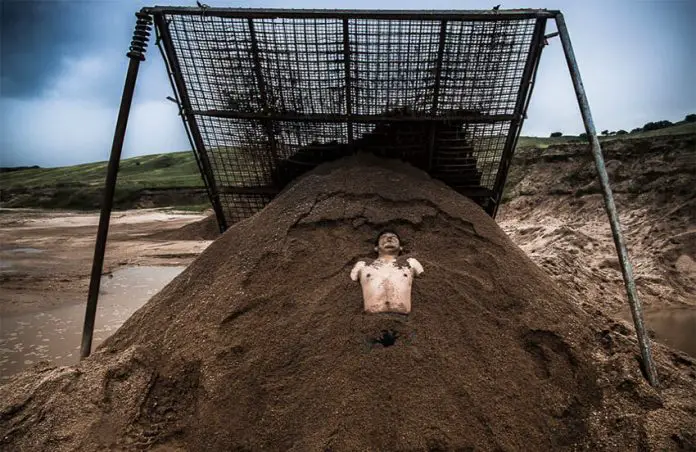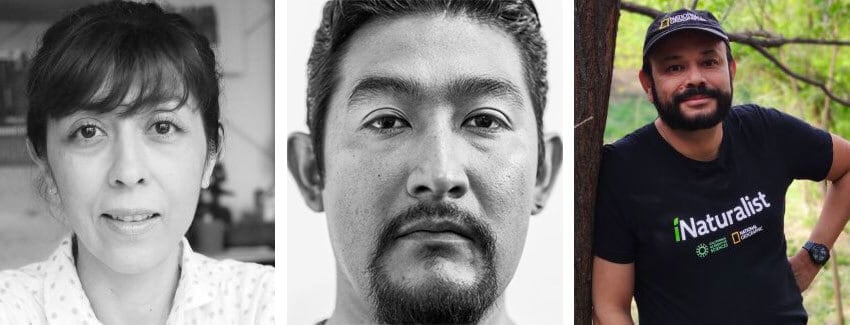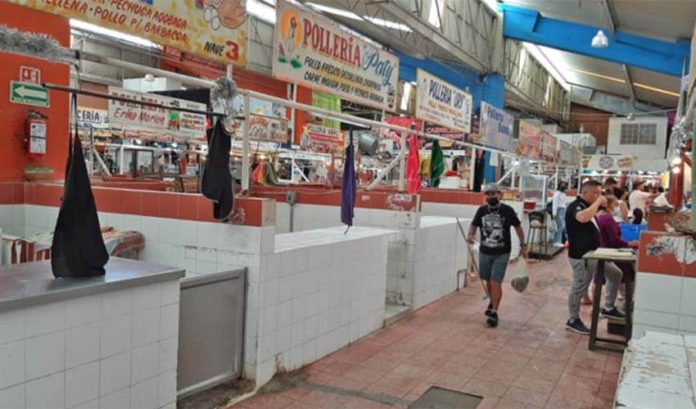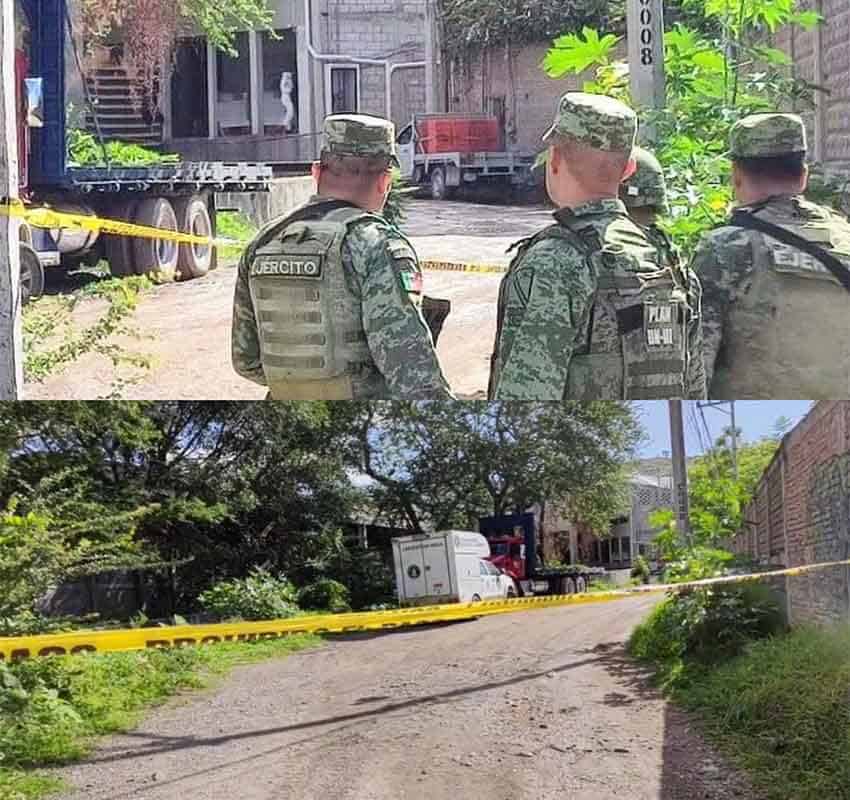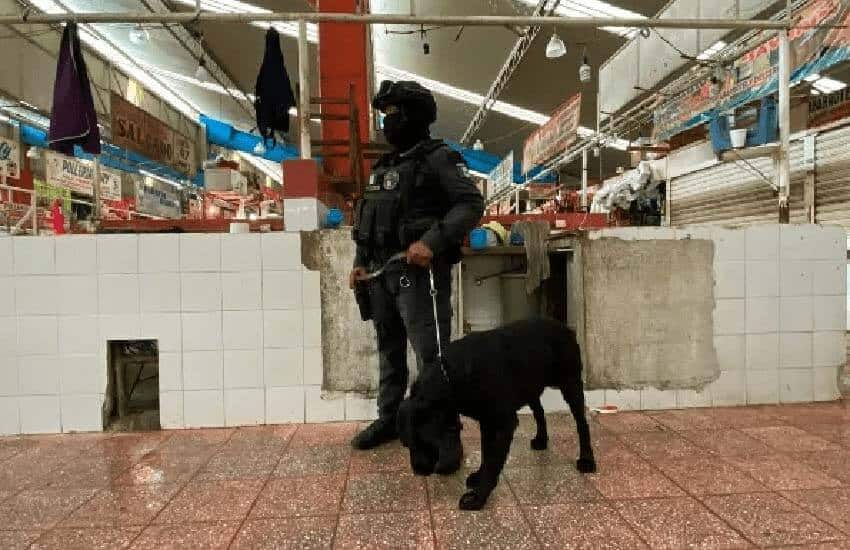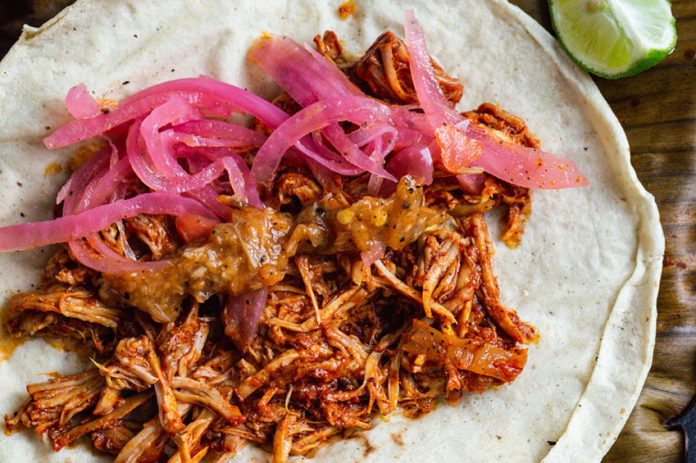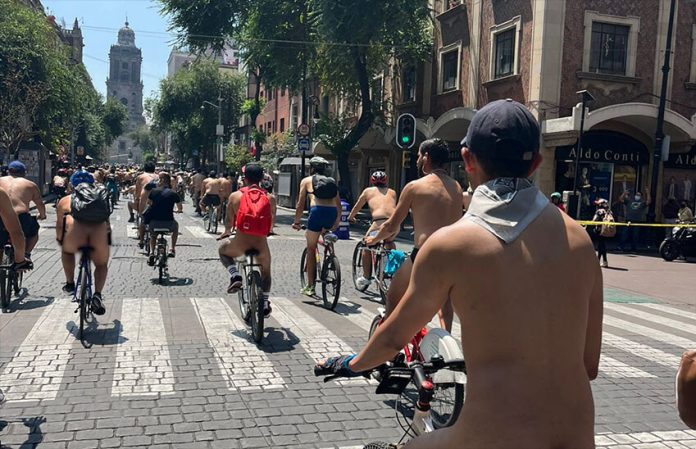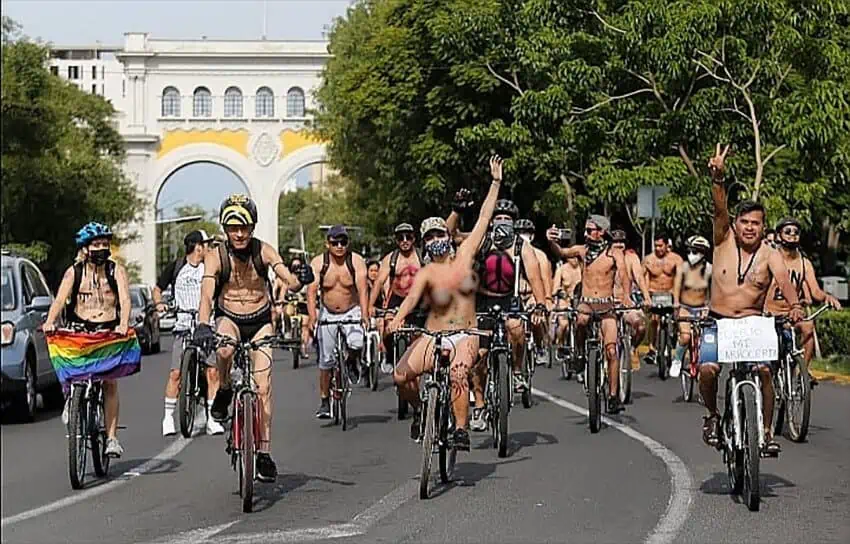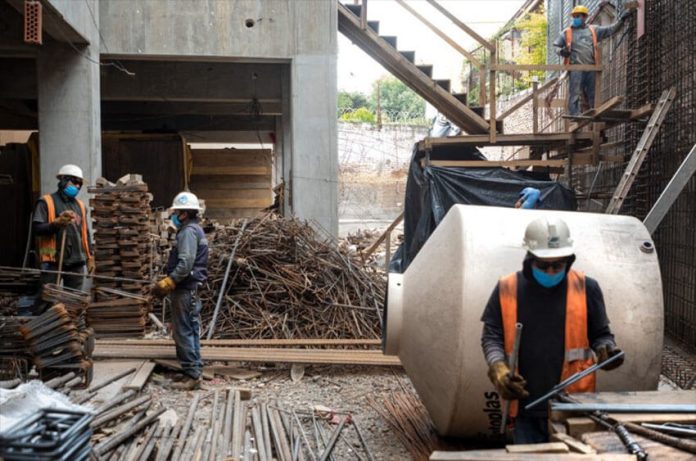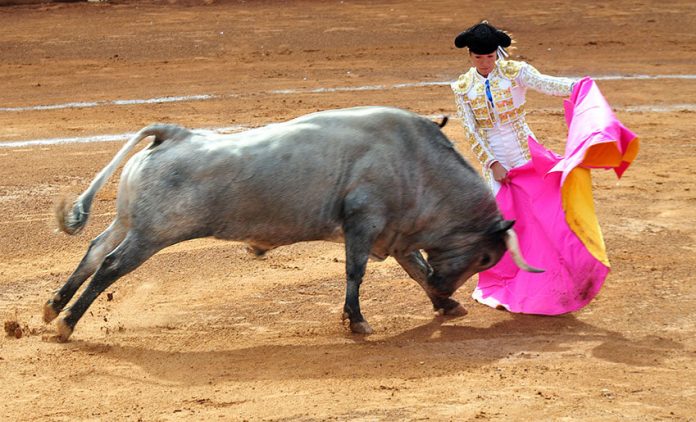A large group of armed men sowed terror in San Cristóbal de las Casas, Chiapas, on Tuesday, firing guns into the air, burning tires and vehicles and blocking streets in the southern colonial city.
Soldiers, members of the National Guard and municipal and state police were deployed to restore peace but not until the armed men had had free rein for hours, firing their weapons at will and causing panic among residents. Tuesday’s aggression was related to a dispute over control of a market on the northern side of San Cristóbal, according to the mayor.
About 100 armed men – some wearing bulletproof vests and balaclavas – acted with impunity for almost five hours, according to a report by the newspaper El Financiero. Identified as members of a crime group called Los Motonetos, the men fired shots into the air outside the Mercado del Norte (Northern Market) and blocked its southern entrance as well as the highway to the municipality of Chamula, among other roads.
The men also set tires on fire at a location near a gas station and a department store, the newspaper El Universal reported. El Financiero said the men – who were not confronted by security forces at any stage – torched vehicles as well.
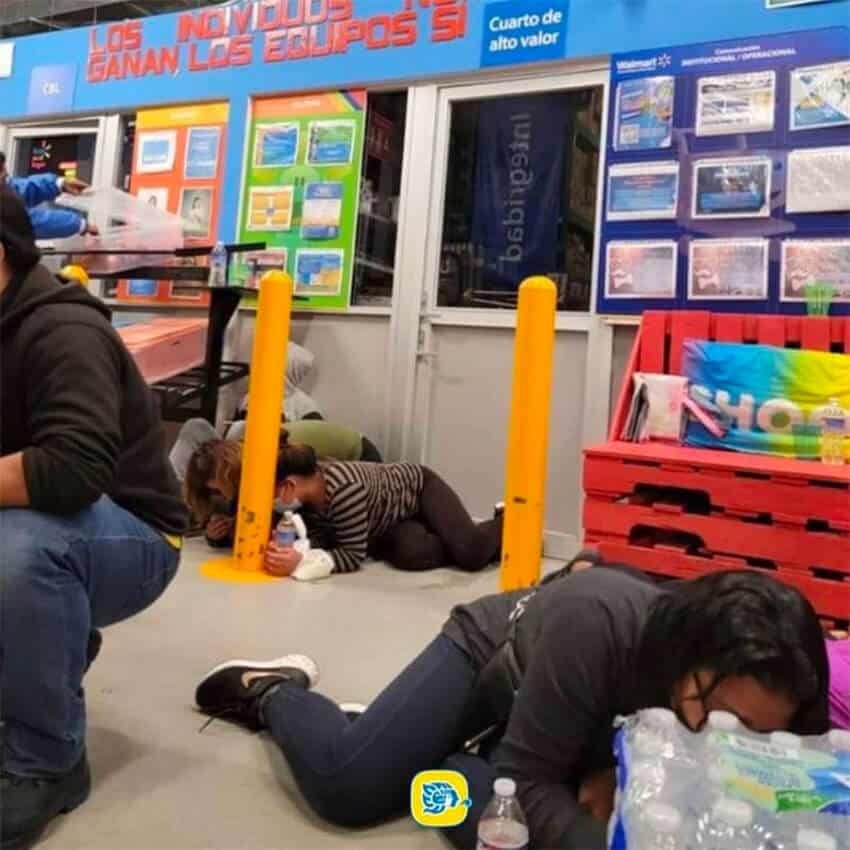
“Go and arrest them, go and arrest them, I need to [pick up] my son,” one desperate man shouted at police amid the chaos.
No injuries or deaths were officially reported Tuesday, but an image of a young man who was allegedly killed by a stray bullet circulated on social media. President López Obrador confirmed Wednesday that one person had been killed. “It’s regrettable that these acts of violence continue to occur. … In the case of San Cristóbal, there are two groups fighting for control of a market. … Unfortunately one person lost his life,” he said.
People in the area where the show of force occurred either fled or took shelter in shops, hotels or houses. Shoppers in a Walmart supermarket and employees of a medical center lay on the floor to reduce the risk of being hit by a stray bullet, while some students were unable to leave their schools due to the aggression, which began in the morning and continued until mid-afternoon. By the time security forces arrived at the market area at around 4:30 p.m., the armed men were nowhere to be seen.
A woman wrote on Facebook that she was among a group of people hunkering down in a hotel as shots rang out.
“We’ve been here since approximately 1:40 p.m. and we haven’t seen the National Guard, the military or municipal police go by. They’ve been conspicuous by their absence. This is the peace that the mayor brags so much about. It’s now 3:23 p.m. and the gunshots continue, some very close. Please don’t go out,” she wrote.
San Cristóbal Mayor Mariano Díaz Ochoa said in an interview that the aggression was related to a dispute over control of the Mercado del Norte between two “groups of vandals.”
“We can’t solve the problem on our own,” he said. “The most regrettable thing is to see the individuals shooting into the air.”
Security sources cited by El Universal said Tuesday’s aggression was triggered by an attack perpetrated by the Mercado del Norte administrator on a female stall holder. The stall holder required medical treatment but the administrator refused to pay. The actions of the armed men were apparently intended to intimidate him into resigning.
Control of the market – San Cristóbal’s largest – appears to be especially coveted because the area in which it is located is a hub of illegal commerce. Residents told El Financiero that drugs, weapons and stolen cars can all be bought in that area of San Cristóbal, one of Chiapas’ main tourism draws.
With reports from El Universal, El Financiero, El País and UNO TV
